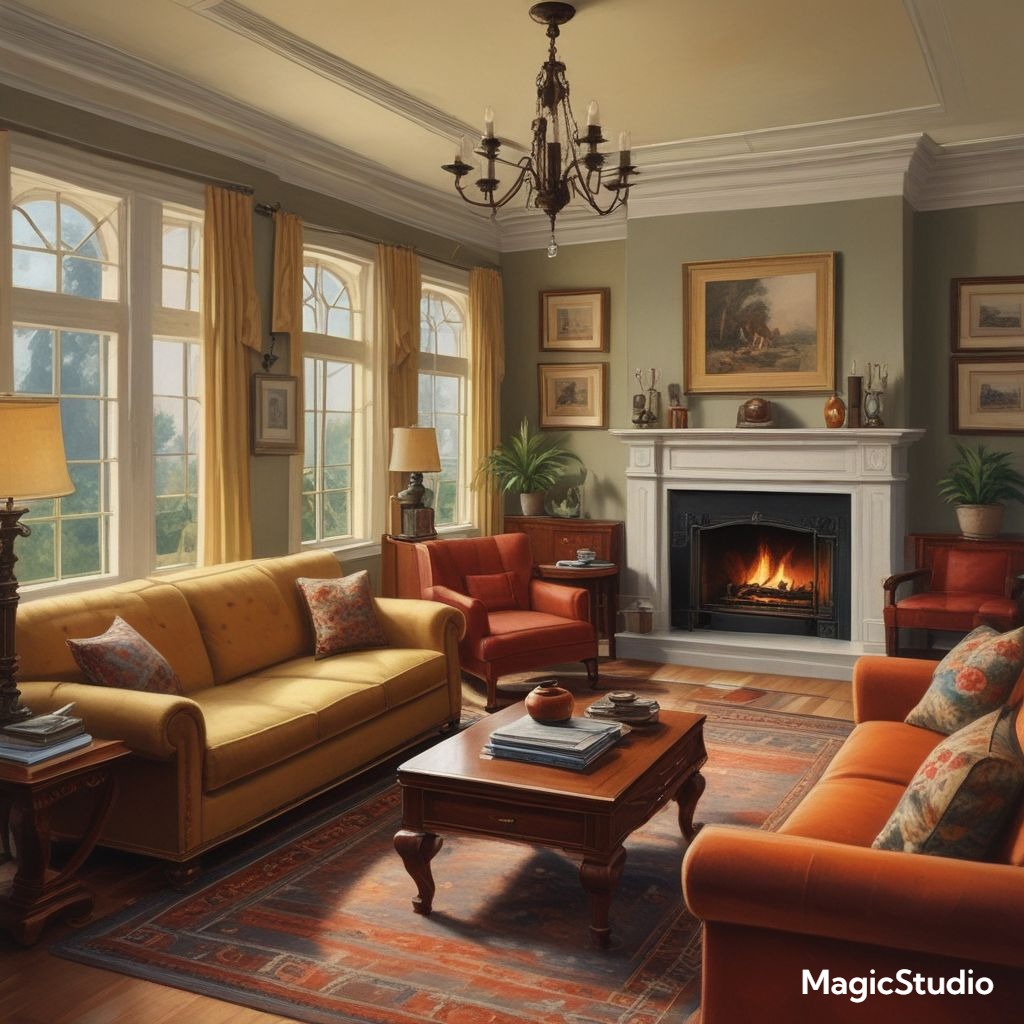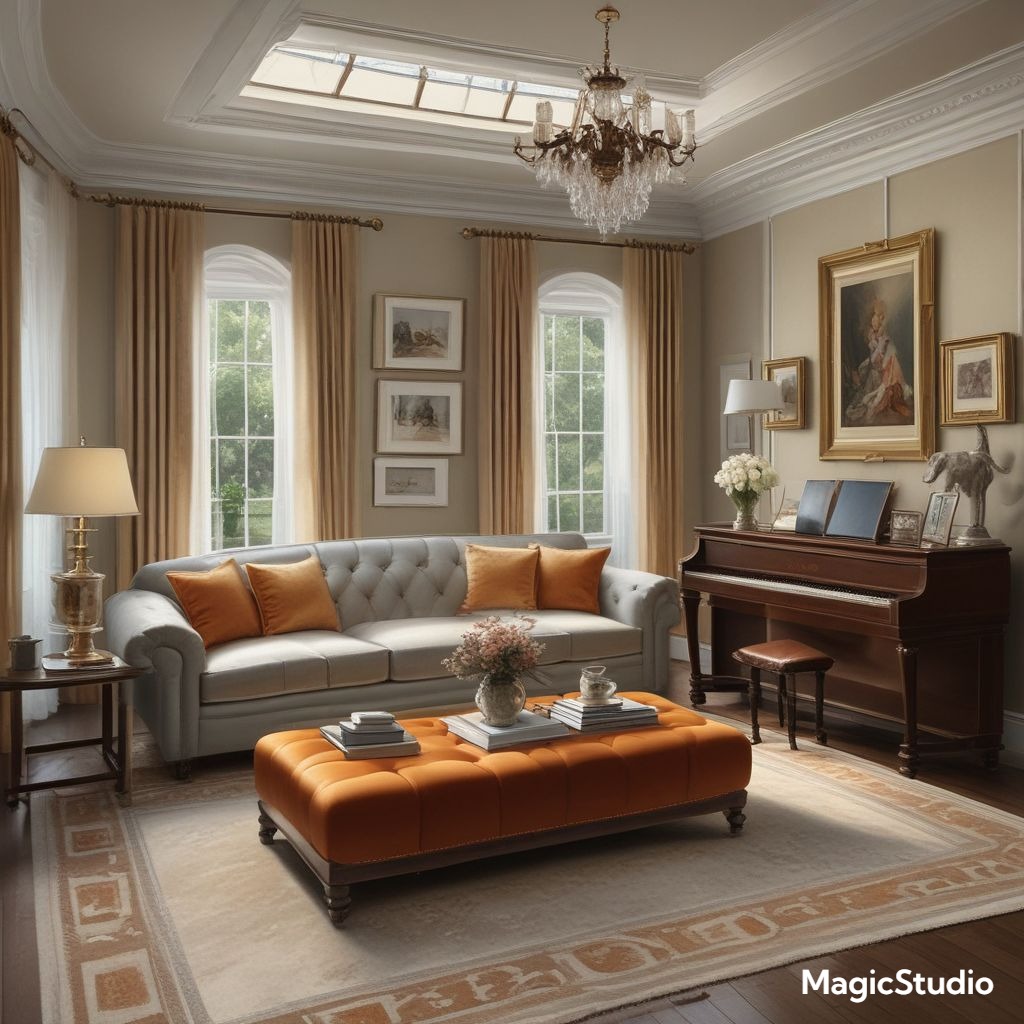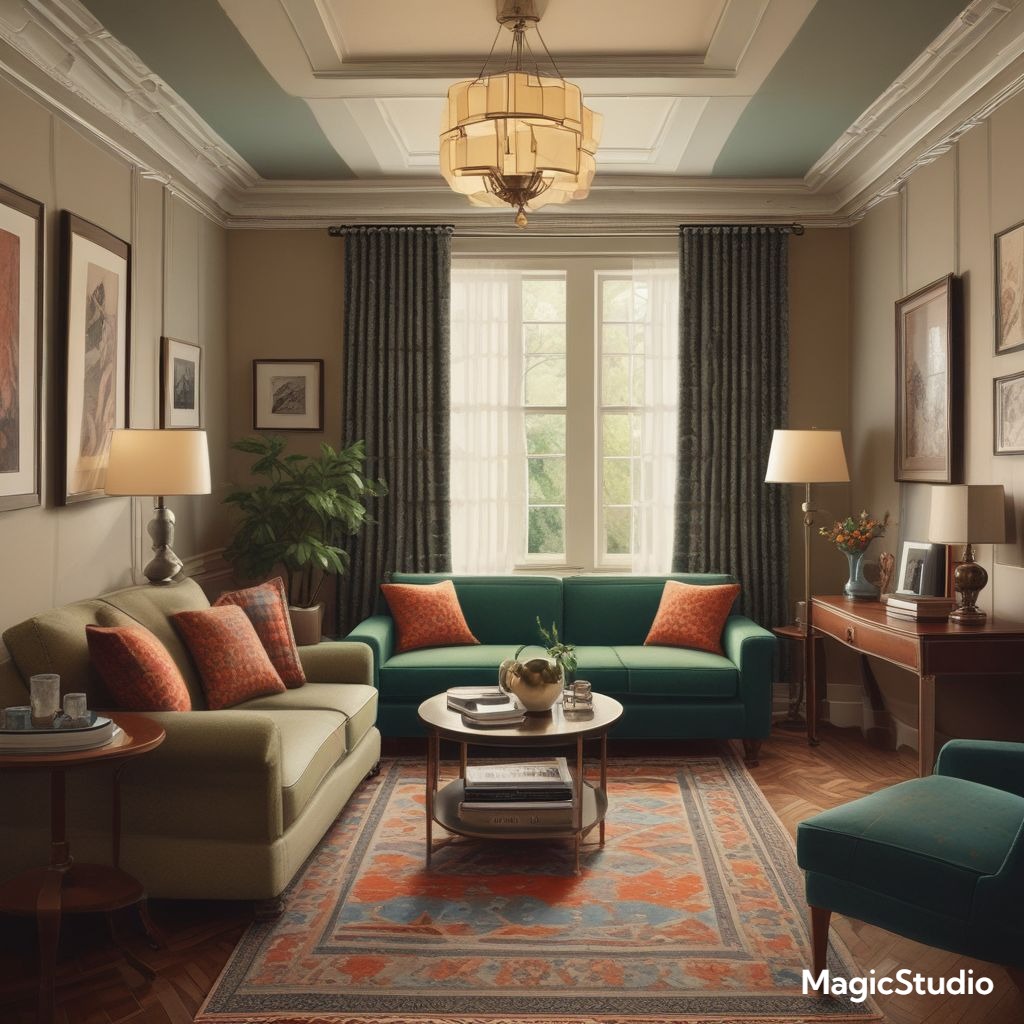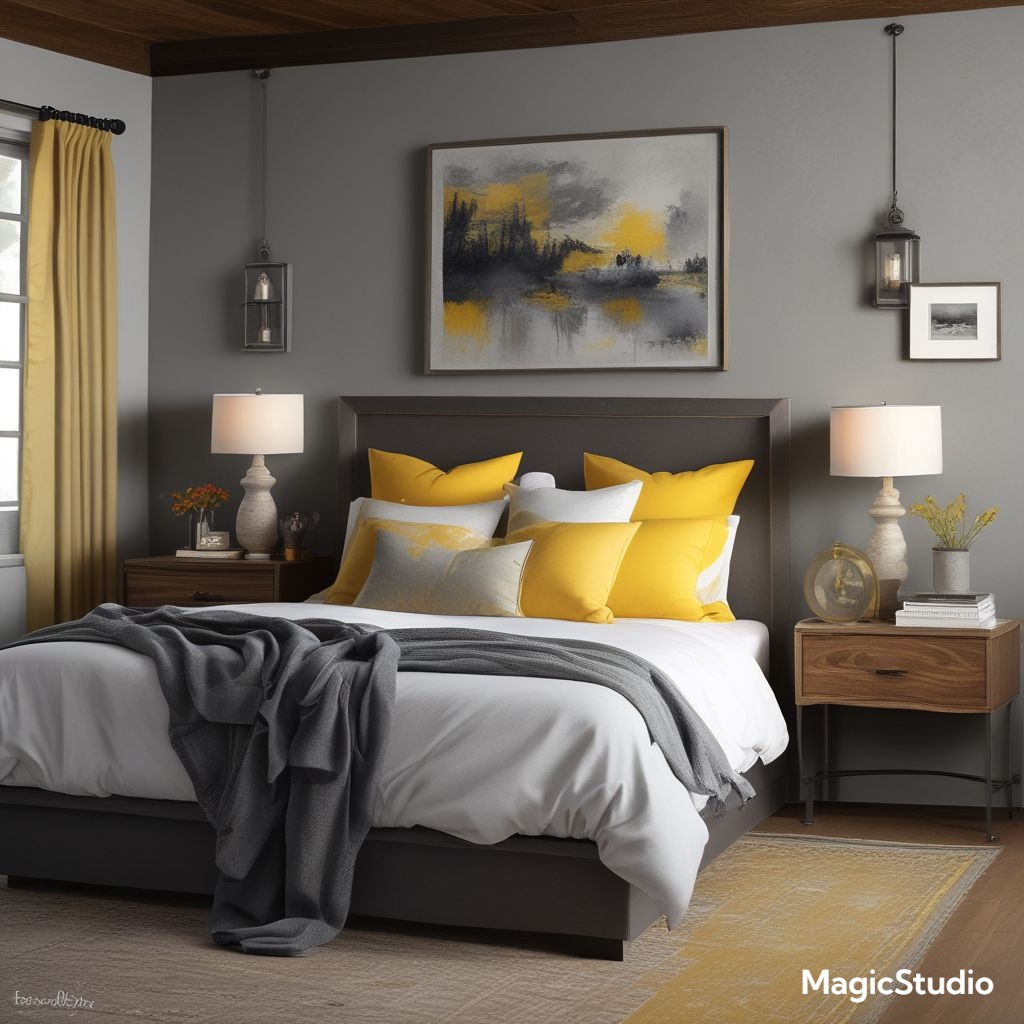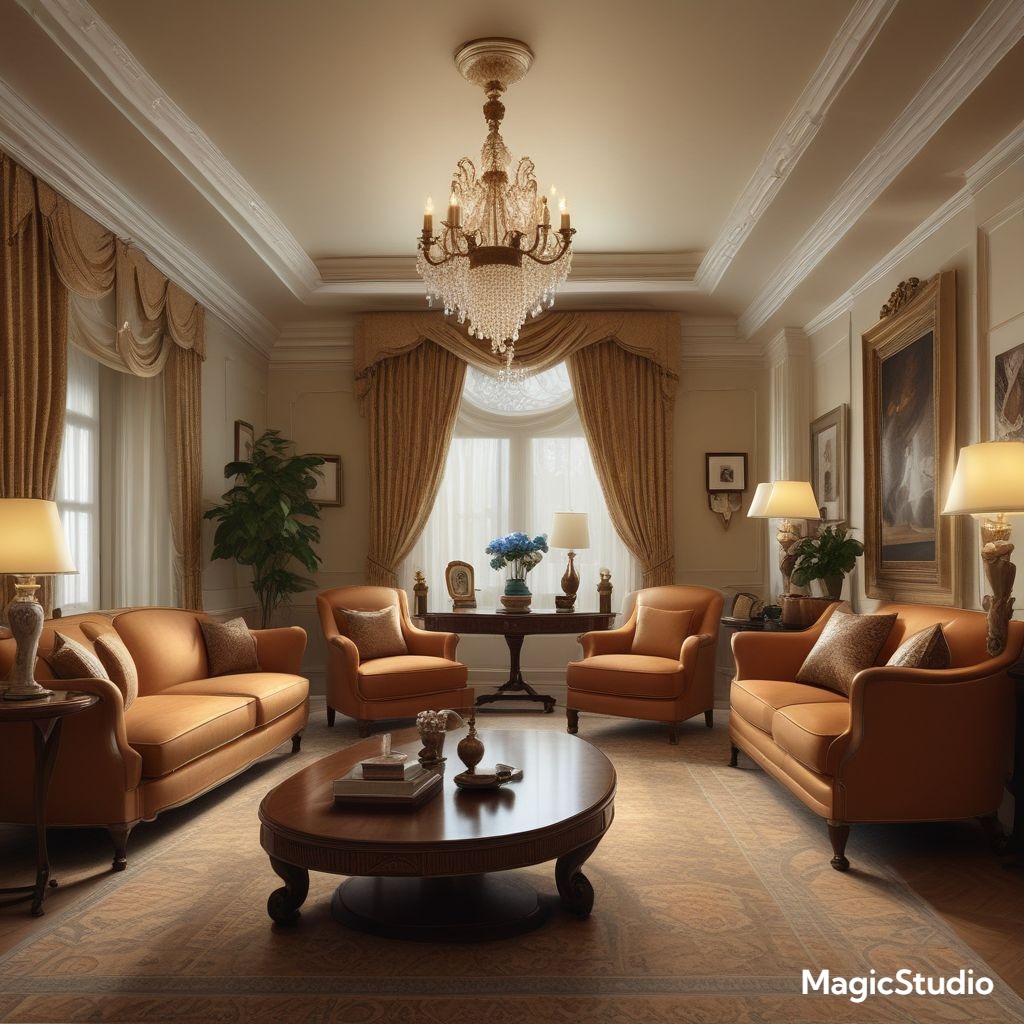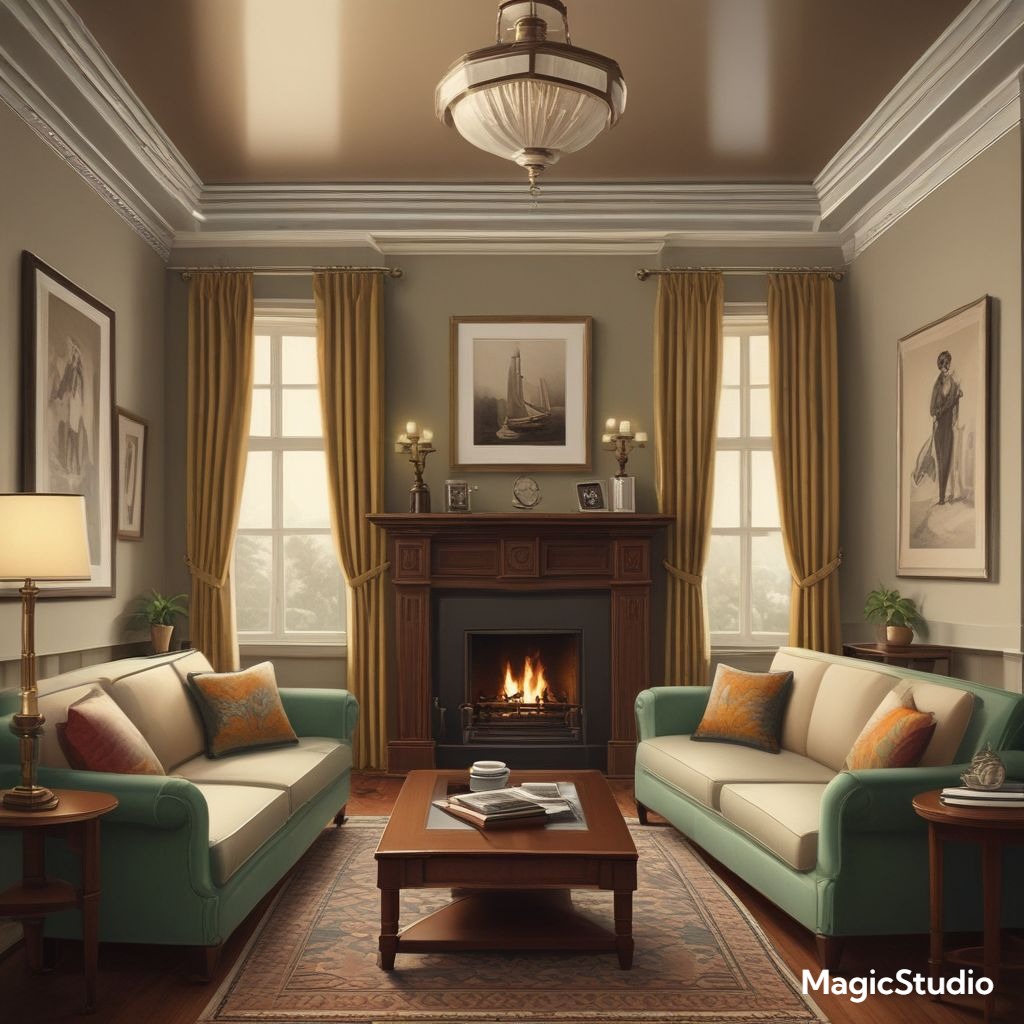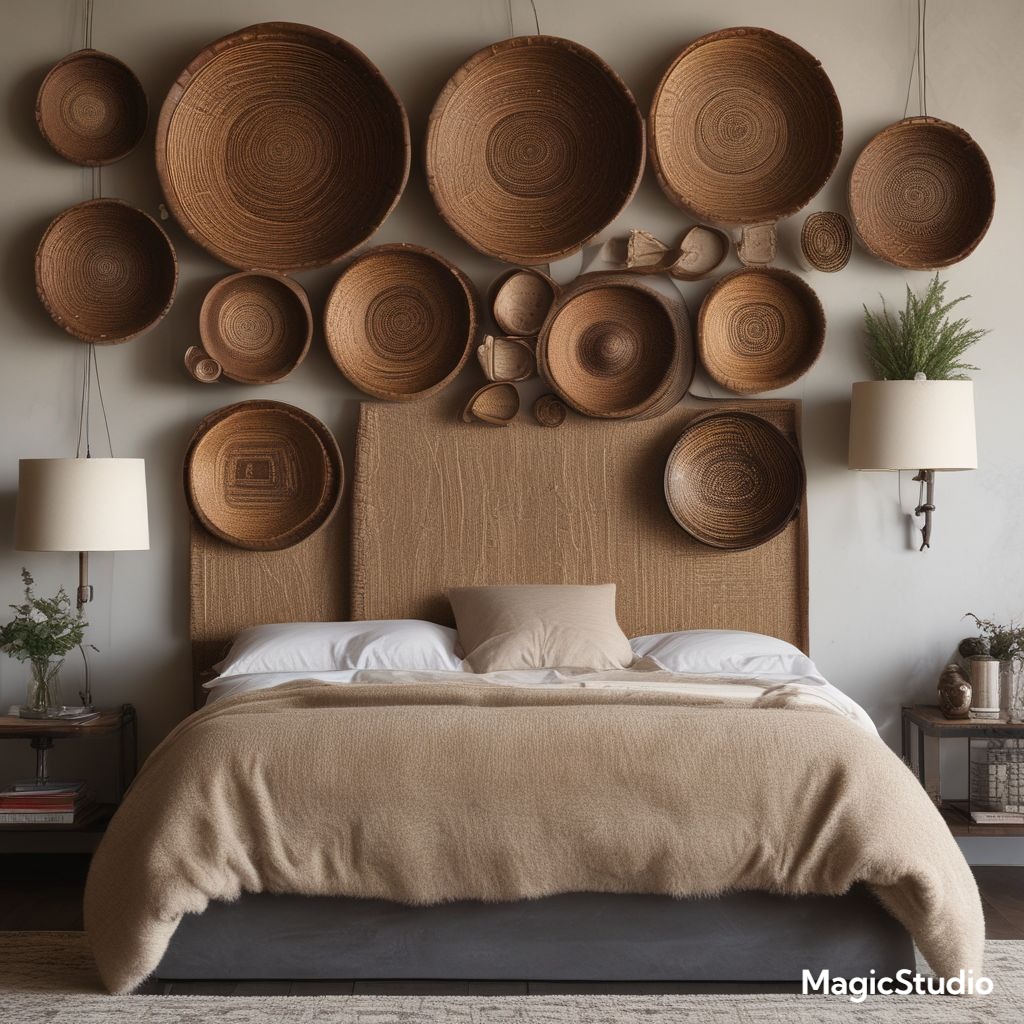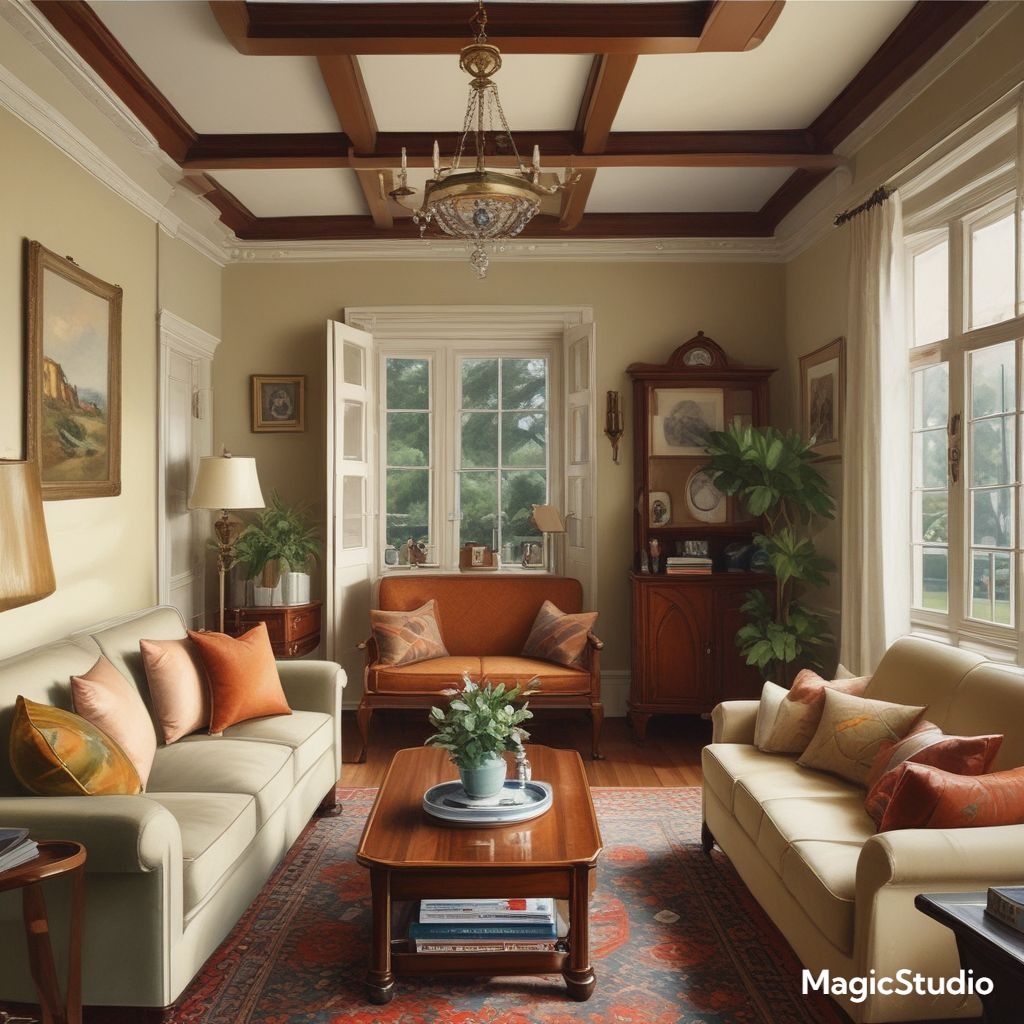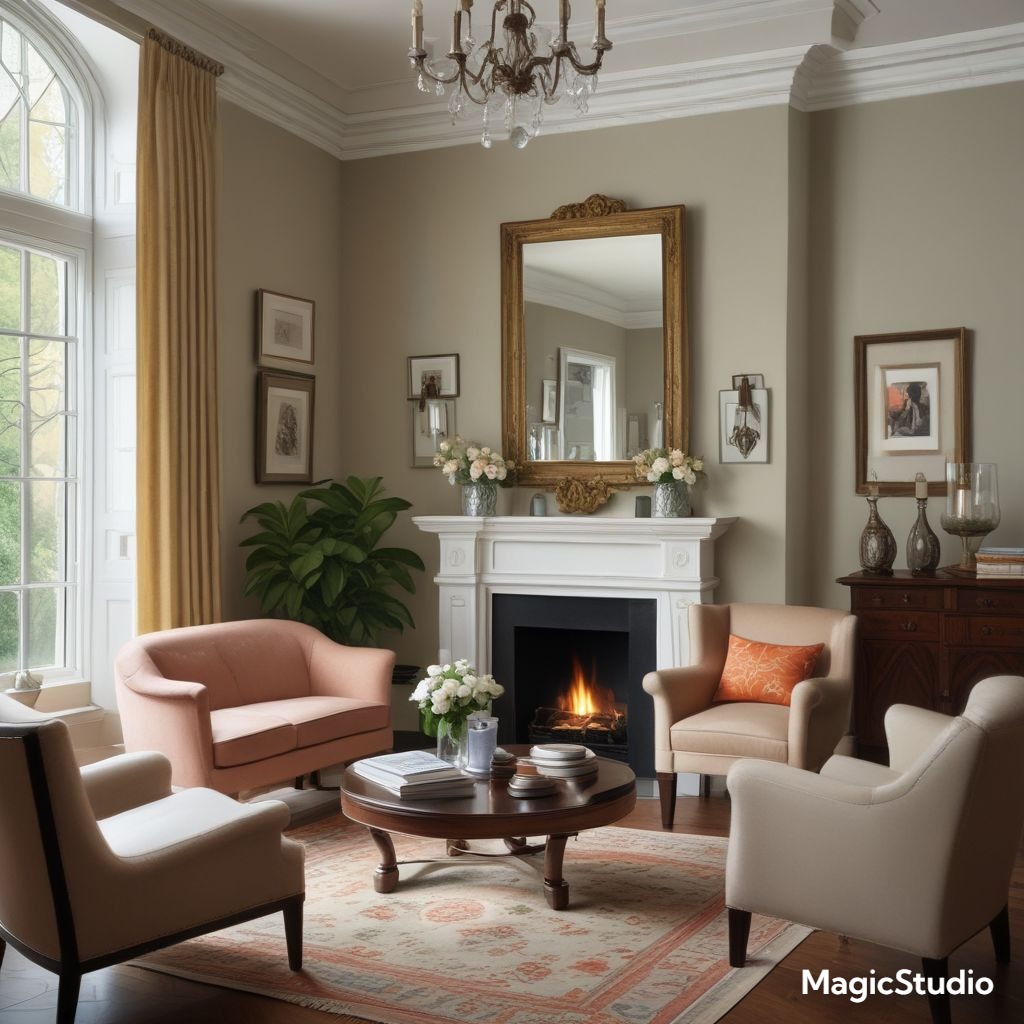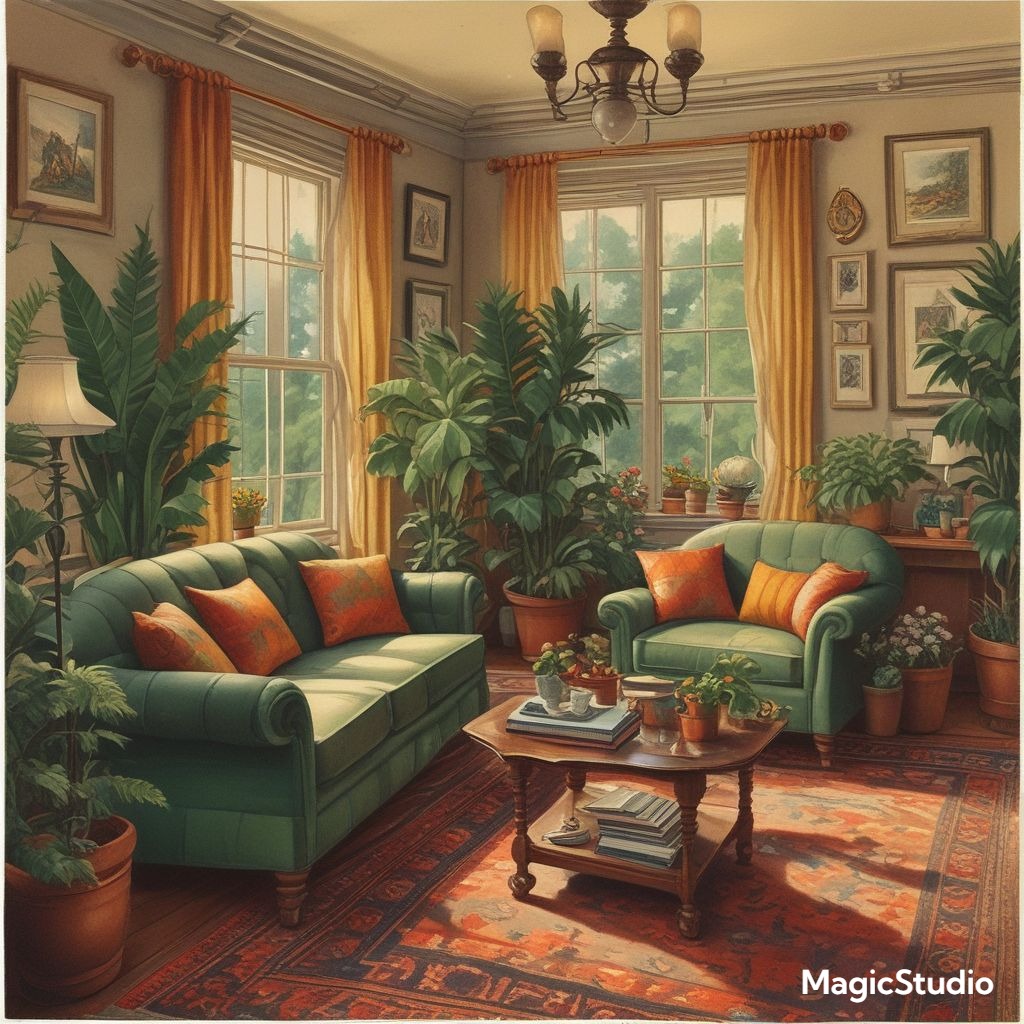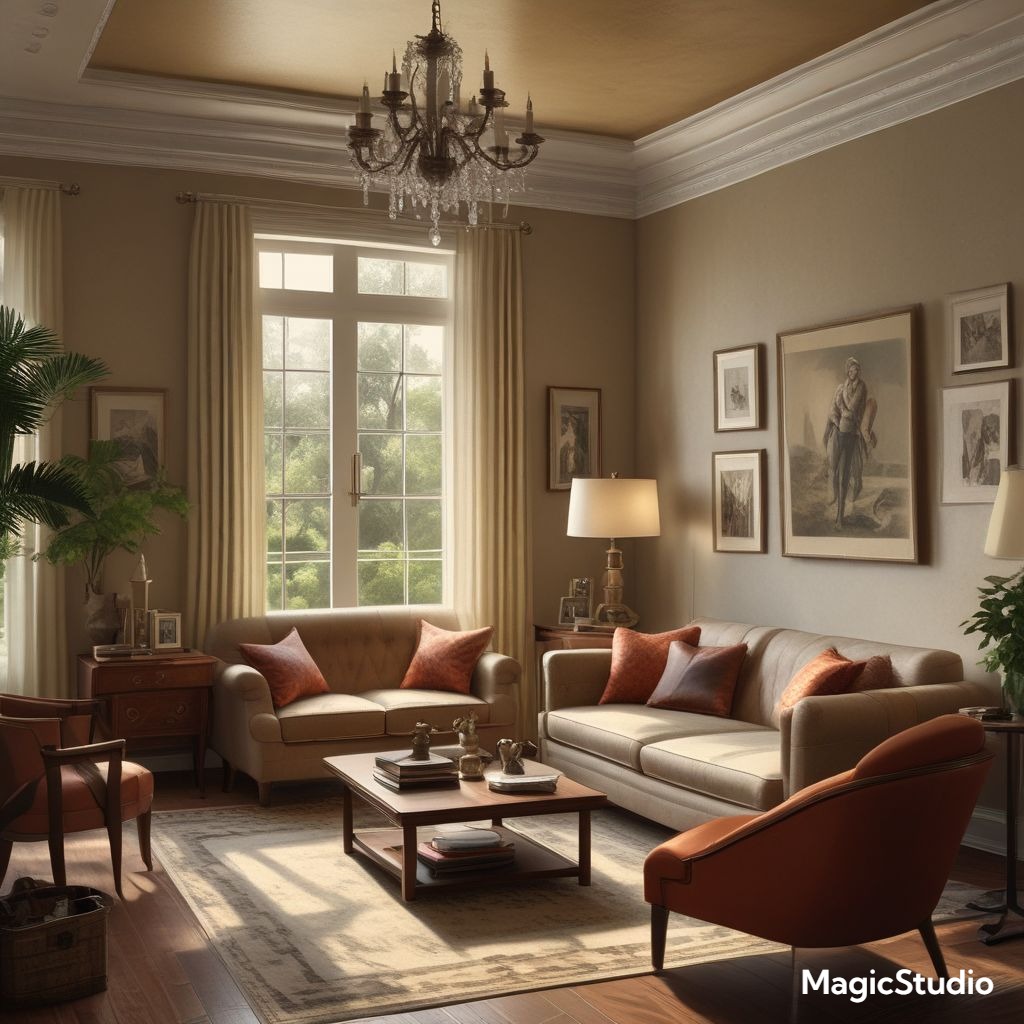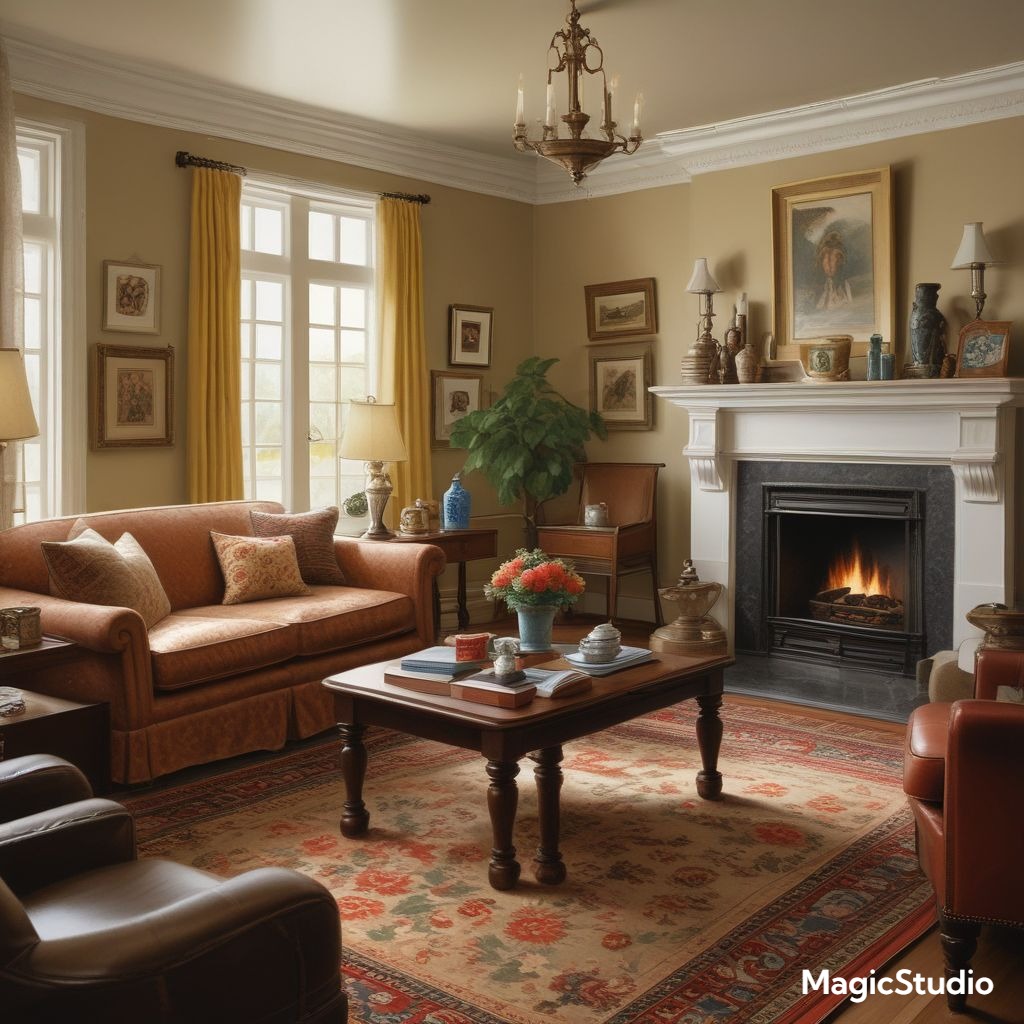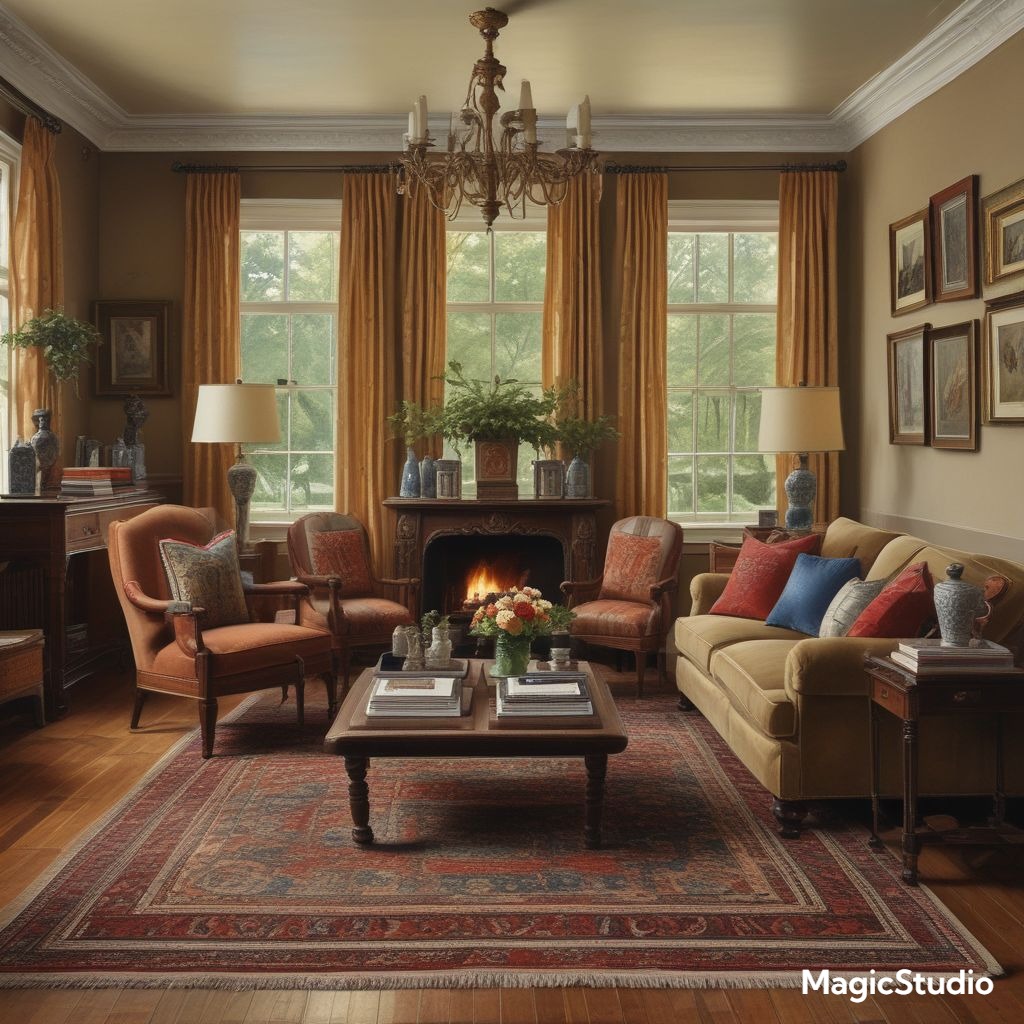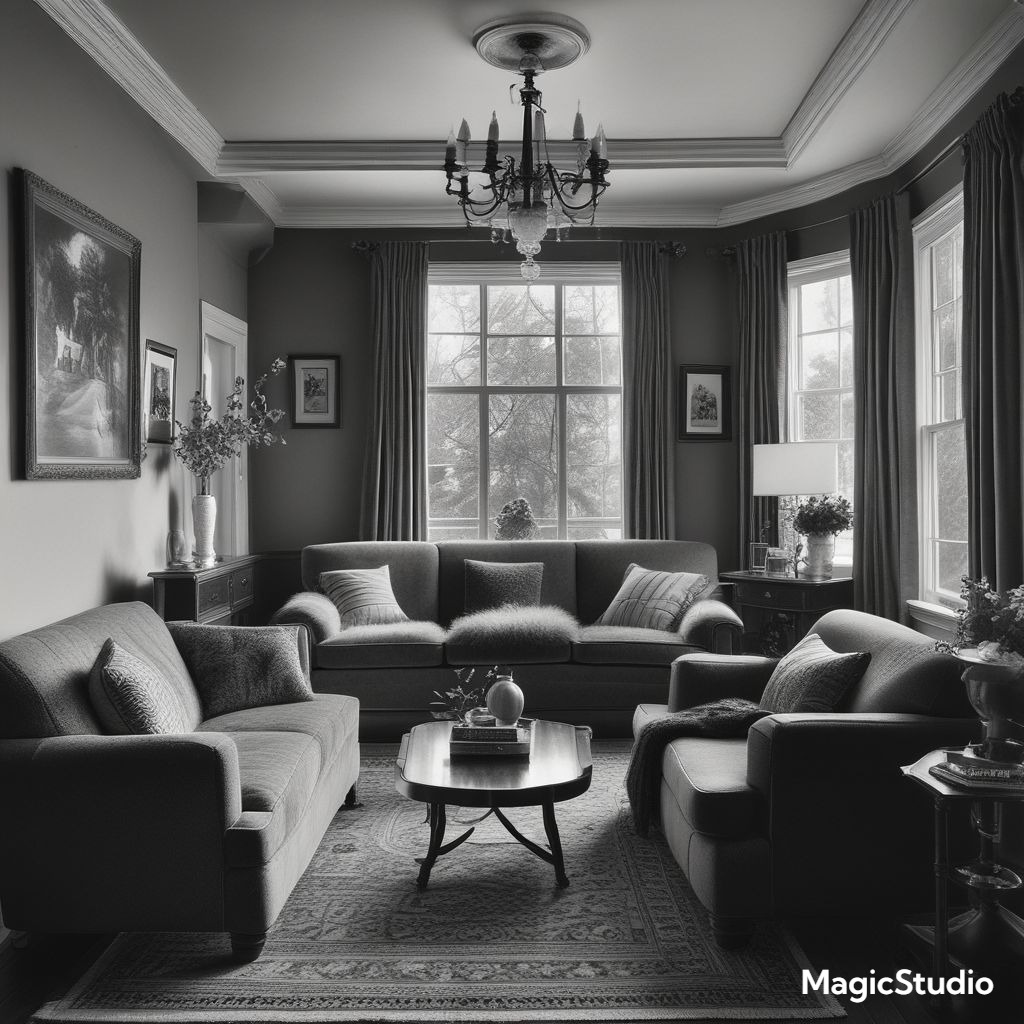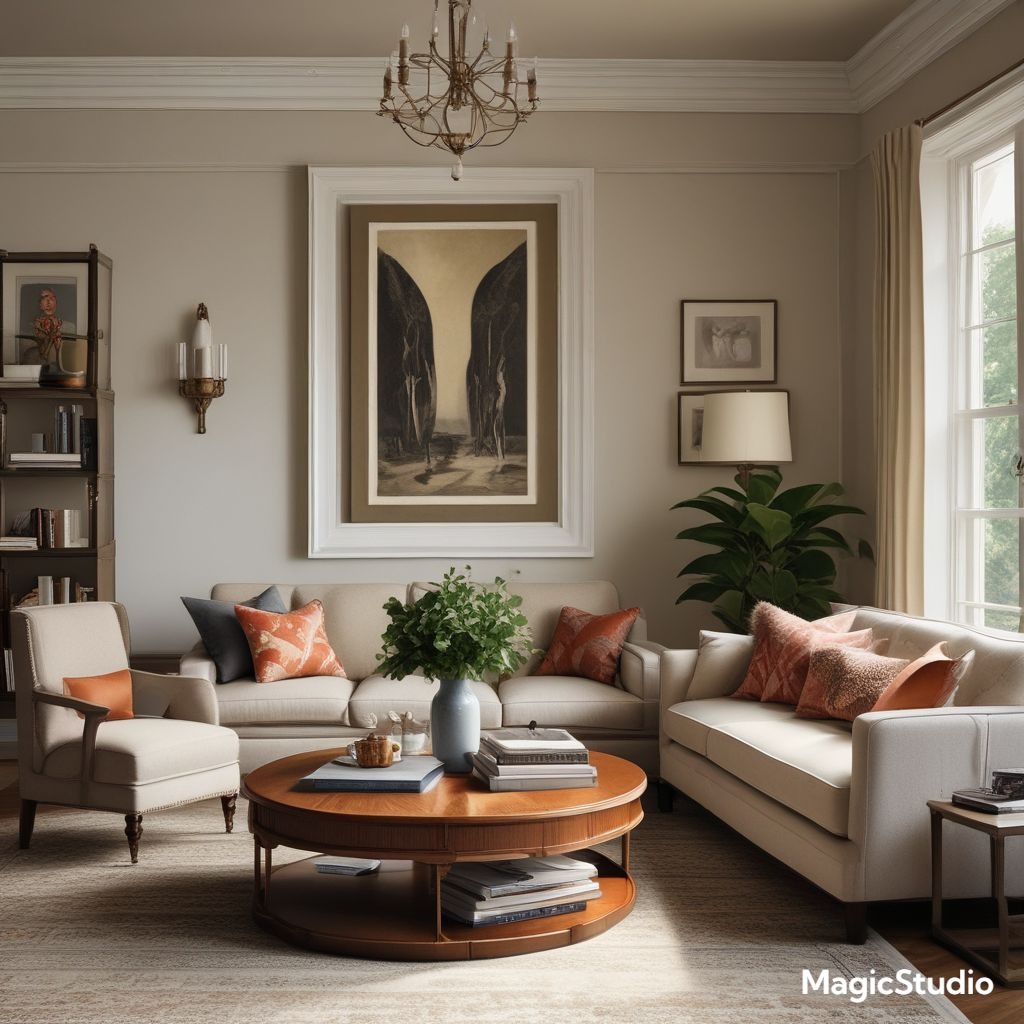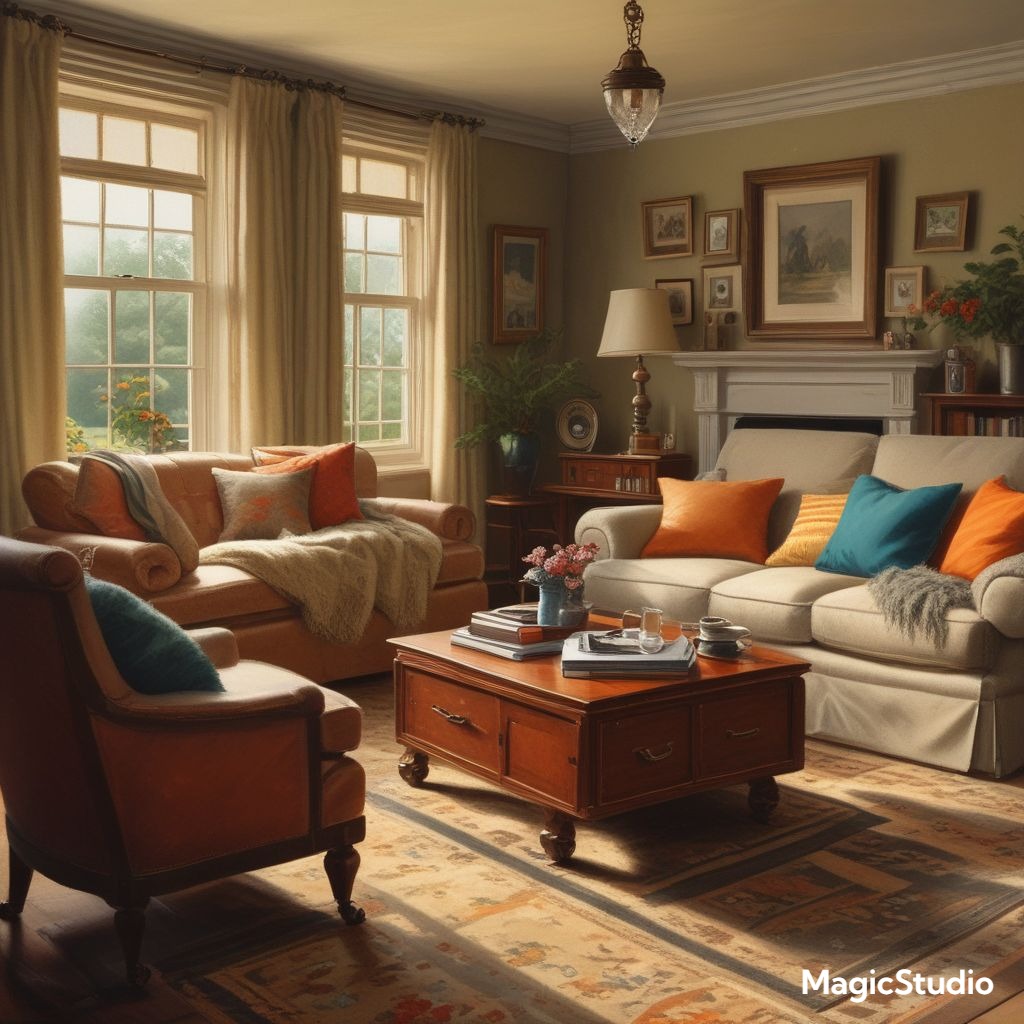Stepping into a 1930s house is like stepping back in time. With its elegant lines, intricate details, and a touch of Art Deco flair, these homes offer a unique canvas for interior design. But how can you blend the charm of the past with contemporary trends to create a living room that’s both stylish and comfortable? Here are 22 design ideas that will help you achieve a truly timeless look.
Velvet Sofas in Jewel Tones
Velvet is the epitome of 1930s luxury. Its rich texture adds depth and warmth to any room, and its deep jewel tones – emerald green, sapphire blue, ruby red – perfectly complement the era’s sophisticated aesthetic. Choose a statement sofa upholstered in velvet, and pair it with complementary accent chairs in contrasting fabrics like silk or linen. Drape throws in complementary colors over the backs of the chairs and arrange decorative pillows in various patterns and textures to add visual interest.
Metallic Accents for a Touch of Glamour
Gold, silver, and brass were all popular finishes in the 1930s, and they continue to be design staples today. Incorporate metallic accents in your living room through decorative objects like lamps, vases, and picture frames. Consider using metallic paint to accentuate architectural details like moldings or to create a striking focal wall. In the US, designers are favoring brushed gold finishes for a more understated look, while in the EU, polished silver remains a popular choice.
Geometric Patterns for Visual Interest
The 1930s was a time of bold geometric patterns, which are experiencing a resurgence in popularity. Incorporate these patterns through rugs, wallpaper, or upholstery. Choose abstract designs in bold colors like black, white, and gold for a striking contrast against neutral walls. Alternatively, opt for softer pastel tones in patterns like Art Deco-inspired chevrons or geometric florals for a more subtle yet stylish touch.
Statement Lighting for Dramatic Ambiance
Lighting plays a crucial role in setting the mood of a living room. Choose statement lighting fixtures that complement the architecture of your 1930s house. Look for chandeliers with geometric shapes or crystal accents, or opt for sleek table lamps with Art Deco-inspired designs. Consider incorporating dimmers to adjust the lighting levels, creating a cozy atmosphere for evening gatherings.
Warm Wood Tones for a Classic Feel
Warm wood tones were a staple in 1930s interiors, and they continue to be popular today. Incorporate wood through furniture pieces, flooring, or decorative accents. Look for dark walnut or mahogany for a classic, sophisticated look, or choose lighter oak for a more contemporary feel. In the EU, light-colored wood remains popular, reflecting a preference for Scandinavian-inspired design.
Curvaceous Furniture for a Luxurious Feel
The 1930s were characterized by a love of curves and fluidity. Embrace this trend by incorporating furniture with curved lines and rounded edges. Look for sofas with rounded backs, armchairs with flowing shapes, or coffee tables with curvaceous legs. These pieces will add a touch of elegance and comfort to your living room.
Art Deco-Inspired Prints for a Touch of History
Art Deco was a major artistic movement in the 1930s, characterized by bold geometric patterns, stylized figures, and opulent colors. Incorporate Art Deco-inspired prints into your living room through artwork, decorative textiles, or wallpaper. Look for prints featuring stylized flowers, geometric patterns, or abstract designs in bold colors like black, white, gold, and silver.
Bold Colors for a Statement Look
Don’t shy away from using bold colors in your 1930s living room. Teal, emerald green, ruby red, and deep purple were popular choices in the era, and they can be used to create a sophisticated and inviting ambiance. Use these colors strategically, perhaps through a statement wall, a rug, or a piece of furniture.
Vintage Furniture for Character and Charm
Vintage furniture adds a unique character and charm to any living room, and it’s especially fitting for a 1930s home. Look for pieces with intricate details, classic shapes, and beautiful wood finishes. You can find these pieces at antique shops, flea markets, or online marketplaces. In the US, mid-century modern furniture is also becoming increasingly popular, offering a similar aesthetic to 1930s design.
Mirrors to Add Depth and Light
Mirrors were a popular design element in the 1930s, and they remain a great way to add depth and light to any room. Incorporate mirrors in your living room through decorative pieces, such as a console table with a mirror top, or through large wall mirrors that reflect natural light. Choose mirrors with ornate frames or geometric shapes for a touch of 1930s flair.
Plants for a Touch of Nature
Plants add a touch of life and vibrancy to any living room. Choose plants that complement the era’s style, like ferns, orchids, or large-leafed plants. Place them on side tables, coffee tables, or in decorative pots on the floor. In the EU, indoor gardens are becoming increasingly popular, offering a way to incorporate nature into urban living spaces.
Textured Walls for Depth and Dimension
Textured walls add depth and dimension to a living room, creating a more interesting and dynamic space. Consider using wallpaper with textured patterns, or try applying a textured paint finish for a subtle but impactful effect. In the US, textured wallpaper with bold geometric patterns is becoming more popular, while in the EU, smooth finishes are still preferred.
Hand-Painted Accents for a Personalized Touch
Add a personal touch to your living room by incorporating hand-painted accents. These could be anything from decorative plates or trays to hand-painted furniture pieces. Look for designs that reflect the 1930s aesthetic, such as Art Deco-inspired motifs or stylized florals. In the EU, hand-painted ceramics and textiles are becoming more popular as people seek unique and handcrafted pieces.
Antique Rugs for a Touch of History
Antique rugs add a layer of history and sophistication to any living room. Look for rugs with intricate patterns, vibrant colors, and durable materials like wool or silk. Choose a rug that complements the colors and style of your furniture and accessories. In the US, vintage Persian rugs remain popular, while in the EU, antique Turkish rugs are highly sought after.
Black and White Photography for Classic Elegance
Black and white photography adds a timeless and elegant touch to any living room. Choose photographs that capture the essence of the 1930s era, such as portraits of glamorous women, cityscapes, or architectural details. Frame them in simple, classic frames and arrange them on a bookshelf, a console table, or a gallery wall.
Statement Coffee Table for a Focal Point
The coffee table is a key piece of furniture in any living room. Choose a statement coffee table that complements the style of your 1930s home. Look for a table with geometric shapes, intricate details, or a unique material like marble or metal. In the US, mid-century modern coffee tables with rounded edges are popular, while in the EU, minimalist coffee tables with simple designs are favoured.
Cushions and Throws for Texture and Comfort
Cushions and throws add a touch of comfort and texture to any living room. Choose cushions in various shapes and sizes, incorporating patterns, textures, and colors that complement your chosen palette. Throw blankets in luxurious fabrics like velvet or cashmere add warmth and sophistication.
